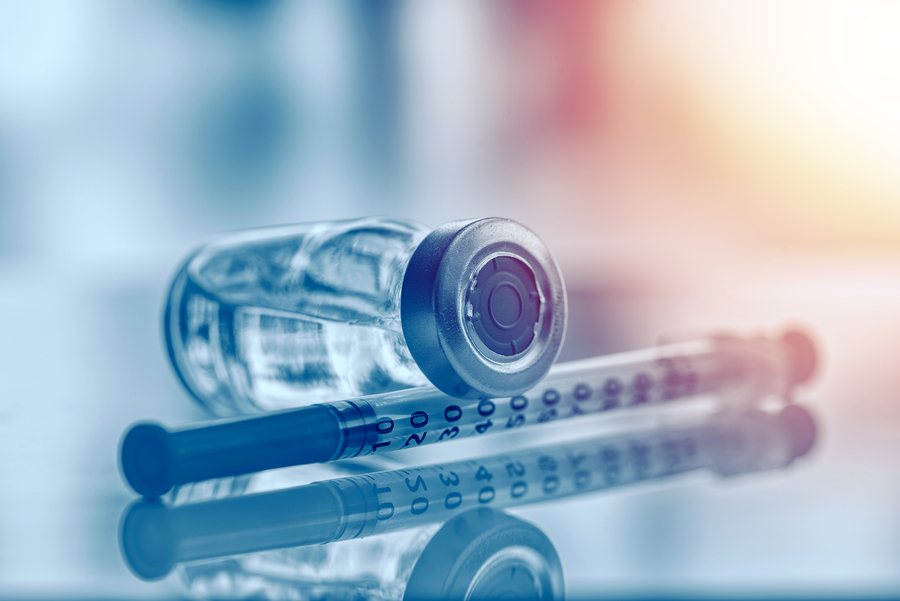No one in the pharma industry wants a recall. Not only are they expensive and potentially reputation-damaging, but they mean that patients may have been put at risk.
Foreign matter contamination is a leading cause of recalls for injectables. In fact, the presence of visible particles accounted for 22% of FDA recalls of sterile injectable drugs between 2008 and 2012.
One of the types of foreign matter contamination found often in injectable drugs, like vaccines, is glass. In 2014, glass was the culprit in four out of 19 particulate-related FDA recalls. Already this year, glass has led to recalls for general anaesthesia drug vecuronium bromide and mycophenolate mofetil, which is used to prevent organ rejection in patients receiving kidney, heart, or liver transplants.
How glass gets into injectables
Glass is the preferred vial material for liquid and lyophilized injectables. Manufacturing Chemist highlights the main benefits of glass packaging:
- Impermeability
- Chemical inertness for drug product stability
- Transparency for ease of inspection
- Thermal stability for flexible use and processing
- Low extractable and leachable characteristics
- Cost
However, glass also has a major downside: it can break. Sometimes that breakage results in a mess on the filling line. Other times, it’s in the form of microfractures that aren’t detected until the vial breaks in a doctor’s hand, or — and this is what most often causes contamination — particulates that result from glass-to-glass contact between vials. A 2017 study published in PDA Journal of Pharmaceutical Science and Technology found that “routine glass-to-glass contact of vials during the filling process results in large quantities of glass particulate [emphasis added].” This problem is enhanced on the high-speed processing lines that are fast becoming the norm in pharma manufacturing.
How to keep glass particulate contamination from happening
There are a couple of things drugmakers can do to reduce the chances of glass particulate making its way into injectables.
Use more robust glass
Some vial manufacturers are doing their part to address the problem by making vials that are better able to withstand routine friction. For example, vials made from a strengthened aluminosilicate glass composition are stronger than traditional vials, which makes them less susceptible to breaking and chipping.
Upgrade your accumulation equipment
Glass particulates are a risk any time vials come into contact with one another. This can happen during filling, as well as when vials are moved from mass flow into a single file, such as single-filing to feed inspection or labeling machines.
As manufacturers seek higher throughput via increased line speeds, more friction occurs because of increased back pressure. That’s why we developed our Infinity Rx accumulation table with patented pressureless loop technology, which can single-file up to 800 vials a minute without creating the friction that causes vial damage. In fact, a vial manufacturer recently performed an independent test pitting the Infinity Rx against a standard rotary table and found that our equipment not only performed significantly better, but it was 15 decibels quieter because there was no sound of glass clanging together.
Maintaining the safety of the drug supply is all of our responsibility. Visit our Pharmaceutical Solutions page to learn more about how we support the industry.




